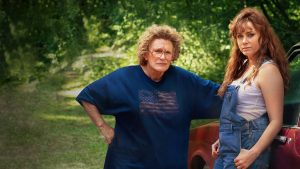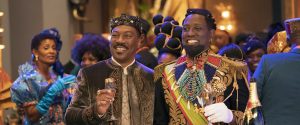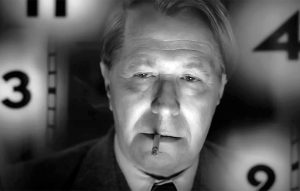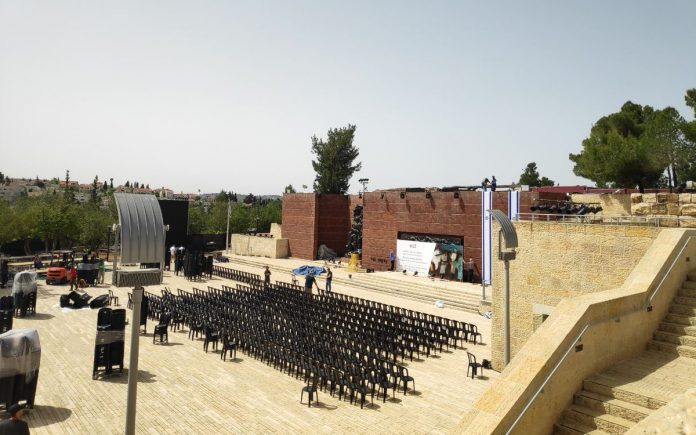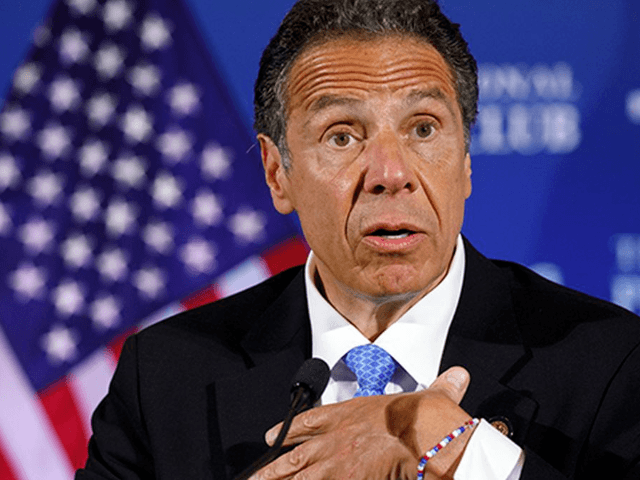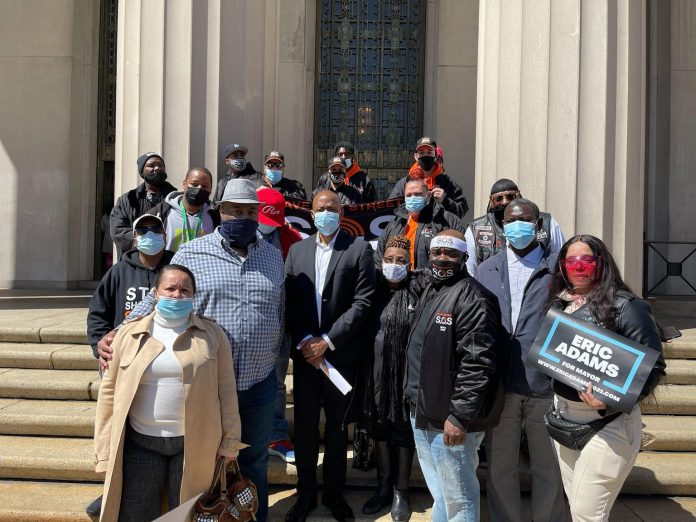By: TJVNews.com
After becoming a Rabbi at the age of 25, Tuvia Teldon believed his purpose in life was already mapped out. But his perception of purpose was shattered after his first baby, Baruch, was born with a serious case of Cystic Fibrosis.
This caused Rabbi Teldon to question, “Why Baruch? Why this family? Why me?”
After Baruch passed away at the age of 13, these questions became a 28-year journey that led Tuvia to discover the truths about purpose, and to write the book Eight Paths of Purpose to help others understand it.
Although authored by a Rabbi, the messages in Eight Paths of Purpose are universal, and written for people of all backgrounds, religions (or lack thereof), and experiences.
Rabbi Teldon says: “We all have imperfections in our life. They can be external in the form of pandemics, financial difficulties, health problems or relationship challenges. They can be internal in the form of trauma, depression, addiction, personal loss, or any of a myriad of issues which life presents us with when we least expect them. But every one of us has a unique collection of problems. Nobody in the world has the same list, and nobody looks at them the same way we do. For each of us the list is totally unique.”

He also shares that “fulfilling our purpose should not be a means to an end of being happy.” Eight Paths of Purpose teaches that purpose is not immune to struggle and sadness; and that it will look different in everyone’s life. But what remains the same, he found, is that everyone’s purpose is somehow embedded in these eight paths:
- Making the world a better place
- Making the circumstances of our life better, in all their details
- Procreating
- Surviving
- Treating the varied obstacles, conflicts and test in life as being part of our unique purpose
- Improving our inner selves to be better people, with purpose-based attitudes
- Seeing many of the events of our daily lives as opportunities to bring about positive change
- Connecting to our higher power and/or religion to elevate ourselves and the world around us.
In writing the book, Rabbi Teldon realized that most people don’t know how to relate to purpose, to trust it or pursue it. As he explains, “I had to translate this in a way that you would feel in your gut, that you don’t need someone to convince you but you see it as part of who you are, and what’s going on inside of you, to make the world a better place, to take resources and transform them. There’s this human drive. It’s a wiring that no one else in the universe has. Humans are born without knowledge of purpose, but it whispers to us to help us do a good deed, to help our children and our grandchildren. It’s a drive that we all as human beings have and it is expressed in many different ways.”
Lessons in the book prove that we have the power to feel purpose in any situation, if we accept that they are meant to happen. “We don’t always define our purpose, but rather life defines our purpose for us.” Meaning, there will be moments where we define our purpose, but also moments where life defines it.
“For me,” Rabbi Teldon shares, “the birth and death of my son wrote a script I would have never asked for. I would gladly rewrite the script without his illness and death. However, once I knew that this is part of my custom-made list, I have to rise to the occasion and deal with it as best I can so it makes me and all around me better human beings as a result. We all have a choice – to be a victim of circumstances or a person who is able to flow with life’s curve balls and infuse purpose into the good, the bad, and even the ugly. The latter is much harder, but the sense of purpose and fulfillment one can attain, even after great pain, leads to a happiness which shines from within.”
Eight Paths of Purpose teaches how obstacles and/or opposition can force us to work harder and dig deeper to accomplish great things. And in fact, that a life of comfort with very few challenges can be very pleasant, but potentially less fulfilling should an easy route always be there.

“We don’t know how our biography will look at the end of our life, but we do know that the way we deal with challenges will help define our accomplishments,” he explains.
While it took Teldon years to come back to reality after losing his son, he believes that his book will help all of humanity understand and benefit from and accept this purpose in their lives. “I hope it is presented in a way in which everyone can relate.”
He adds that writing the book and its acceptance has been a humbling experience, especially knowing that it has helped many people, especially during this time.
As I read the book carefully I kept reminding myself that these are not pious platitudes or sermonic hyperbole. The recipe for finding life’s meaning is the work of someone who was able to overcome horrific tragedy. Surely all of us, in the depths of our souls, feel the overpowering truth of Teldon’s recognition that “I decided if I wanted to be happy in a real way, I would have to develop it from the inside out. I had to differentiate between fun, which I enjoyed, and happiness, which takes real work. What kind of happiness fits that description? Inner happiness is a natural byproduct of a life lived with purpose. This comes from a sense of fulfillment we potentially feel whenever our life reality and/or attitude are aligned in some way with our life purpose.
Yes, as the Rabbi reminds us, Helen Keller taught us this very truth: “True happiness is not attained through self-gratification, but through fidelity to a worthy purpose.” Our mission in life? To discover our purpose and to recognize why God placed each one of us on this earth with OUR reason for being. This book will assuredly bring you nearer to finding the answer to the uniqueness of your mission.






